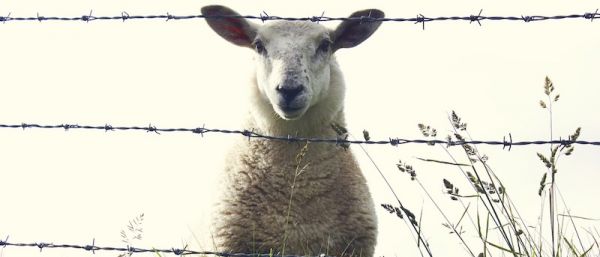|
Woody tongue, as its name suggests, is an infection of a cow’s tongue and oral cavity which turns the tongue hard - like wood. It is the result of infection of specific bacteria called actinobacillus, which is a normal inhabitant of the oral cavity of ruminants.
How does it happen? Infection results from damage to oral mucosa, such as ulcerations, penetrating wounds or laceration to the tongue caused by teeth. The disease most often occurs during the summer months when cattle are grazing abrasive pasture or pastures with spiny awns.
Grazing is then interfered with due to the inflammation of the tongue. The tongue becomes hard and swollen, particularly at the base, and the tip often appears normal. Chronically-affected cattle look like the cow pictured to the left.
Treatment is often very rewarding, so don’t delay. We use a combination of drugs to treat this condition.
Control is achieved by implementing quick treatment of affected animals. If possible, a reduction in abrasive feeds is a control measure, however not always practical.
Call us if you find woody tongue on your property.
|
